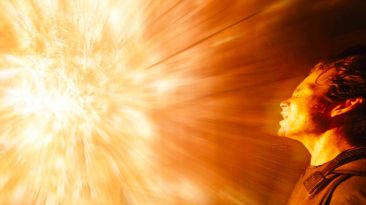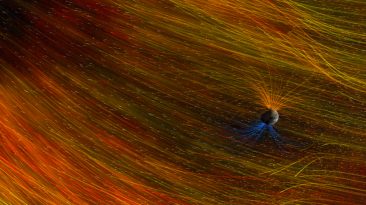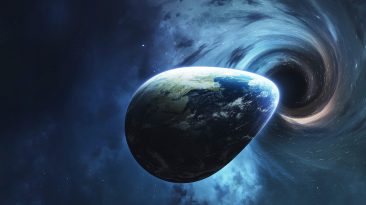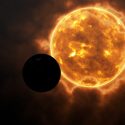Imagine waking up one morning to find our Sun replaced by a cosmic powerhouse far stranger than anything we have seen. From giants that could swallow planets whole to stars so dense they bend reality, the Universe is packed with stellar objects that would completely rewrite life on Earth.
Here is what would happen if some of the most extreme stars took the place of our Sun.
1. Red Giant
Red giants are massive stars in the twilight of their life cycle. Our Sun, a yellow dwarf, will eventually become one in about five billion years. By then, it will have exhausted its hydrogen fuel and swelled enormously, potentially engulfing Mercury, Venus, and Earth.
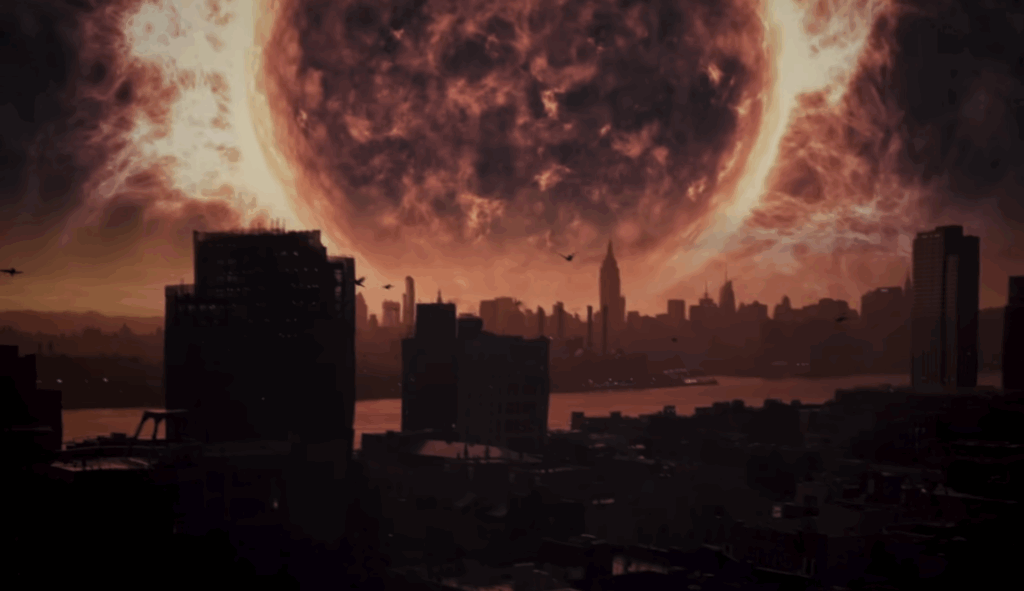
Red giants burn cooler than the Sun, with a surface temperature of around 3,000 Kelvin (about 2,700 °C or 4,900 °F), but they are enormous, up to 200 times the Suns size, and can be thousands of times more luminous. If Earth suddenly found itself orbiting a red giant, our planet would be instantly incinerated. Oceans would boil, continents would melt, and within minutes, Earth would be consumed by this fiery behemoth. Even Mars would not survive the intense heat and radiation for long. Further out, planets might drift away as the red giant loses mass, making the Solar System a ghostly place of wandering worlds.
2. Red Dwarf
Red dwarfs are the Universes most common stars. Unlike giants, they are small, cool, and dim, with surface temperatures around 3,300 Kelvin (3,000 °C or 5,500 °F). If the Sun became a red dwarf, Earth would not be incinerated, but it would freeze. Temperatures would plunge below -18 °C (0 °F) within a week and reach around -73 °C (-100 °F) within a year.
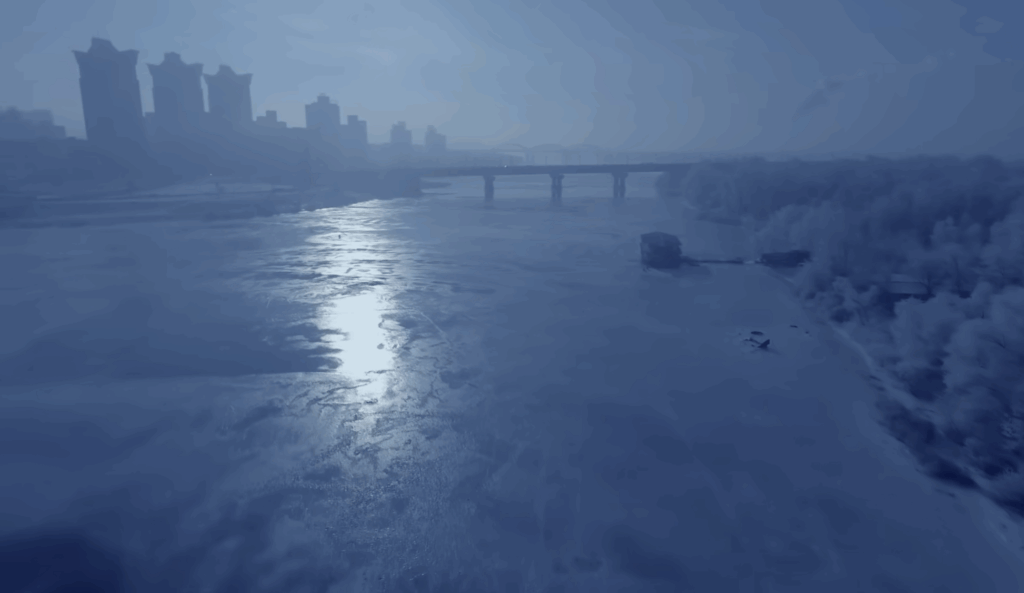
Life on the surface would collapse as plants fail without sunlight and the food chain collapses. Only the hardiest microbes in deep oceans or underground might survive. Additionally, red dwarfs have less mass than the Sun, meaning their gravity would not hold the planets in place. Earth could drift into deep space, becoming an ice bound traveler far from any warmth.
3. Blue Star
Blue stars, often O type or B type main sequence stars, are the Universes hottest and most massive stars. Their surface temperatures reach tens of thousands of Kelvin, and they emit enormous amounts of radiation. Our Sun could never naturally become one, but hypothetically, replacing it with a blue star would bathe Earth in overwhelming blue white light and lethal radiation.
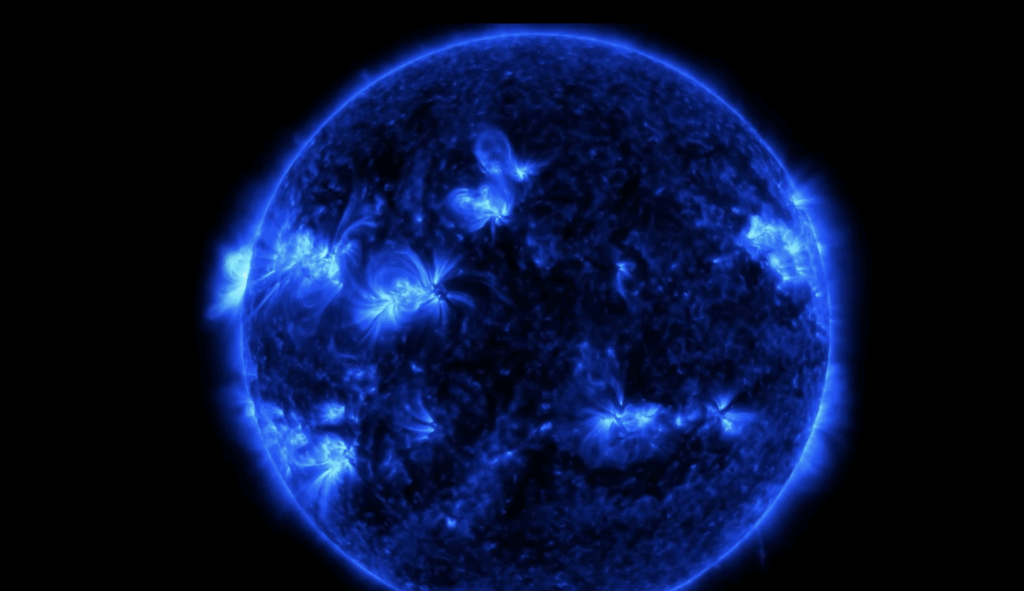
Temperatures would spike to hundreds or thousands of degrees, oceans would boil, and all life would be incinerated. Mars might get slightly warmer, but the intense radiation would make it uninhabitable. Blue stars are rare, comprising a tiny fraction of stars in our galaxy, yet their destructive power is immense.
4. Neutron Star
Neutron stars are the remnants of massive stars that exploded in supernovae. They are incredibly dense, packing more mass than the Sun into a sphere just about 20 kilometers wide, and often rotate rapidly, creating pulsars with extreme magnetic fields.
If our Sun became a neutron star, Earth would experience perpetual night, as neutron stars are mostly invisible to the naked eye. Photosynthesis would stop, temperatures would drop, and the surface would freeze. But neutron stars also emit bursts of intense radiation, which would fry any life exposed on Earth. The Solar Systems structure would remain mostly intact, as the neutron star would have a similar mass to the Sun, but life as we know it would be gone.
5. Magnetar
Magnetars take neutron stars to an extreme. They have around 1.5 times the Suns mass compressed into an incredibly small volume, creating magnetic fields a trillion times stronger than Earths. If our Sun became a magnetar, the radiation alone would obliterate life on Earth almost instantly. Even electronic devices would fail, and the planets surface would be scorched by unimaginable forces. Magnetars are rare, catastrophic, and utterly lethal.

6. Black Hole
Finally, a black hole represents the ultimate endgame. If our Sun were replaced by one, its gravity would dominate the Solar System. Depending on its size, Earth could either be pulled in and crushed into a singularity or sent spiraling out into space if the orbits destabilized. Beyond gravitational effects, a black hole emits almost no light, so the Earth would be plunged into darkness long before being destroyed.












